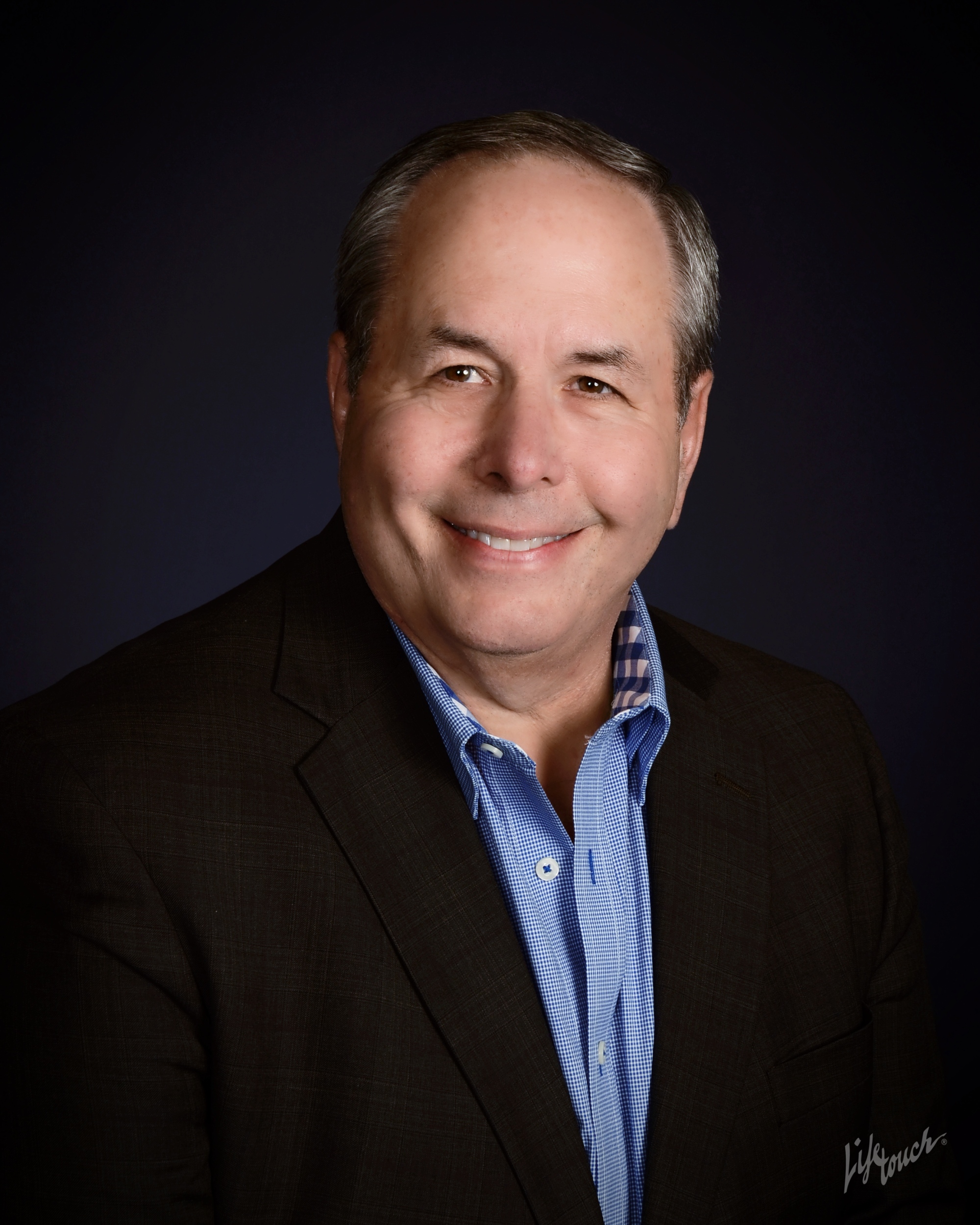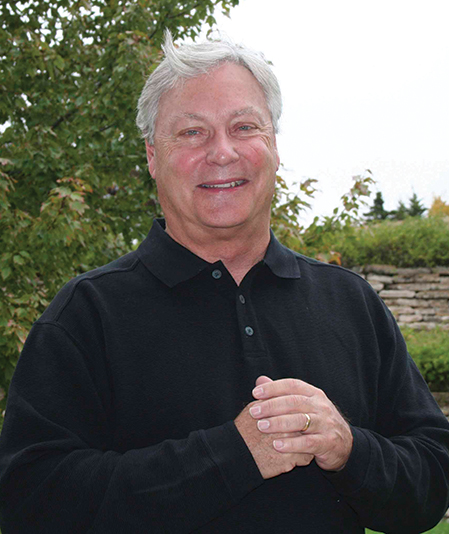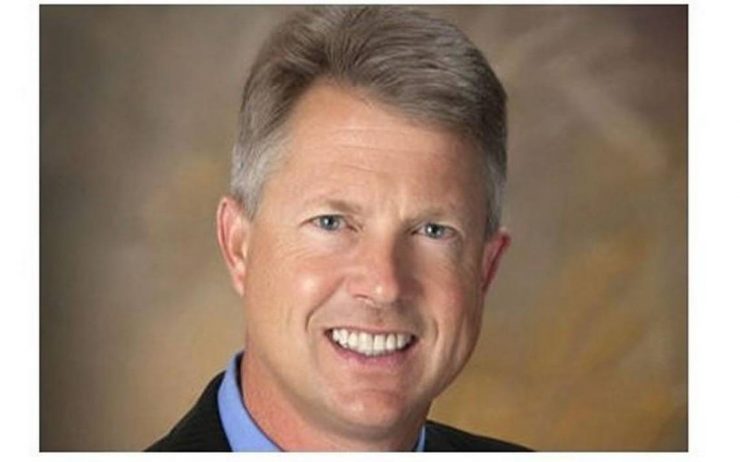 Dear Neighbors, Friends and Concerned Citizens,
Dear Neighbors, Friends and Concerned Citizens,
I can’t hardly believe that it’s already been 10 years. In 2007, I wrote my last letter to the editor, thanking everyone for their support in fighting the parole of Francis Donald Nemechek, and the last words of that letter read “Parole Denied till 2017.”
Once again, I call upon you for your help. I am writing this letter to inform you that Francis Donald Nemechek is once again coming up for parole.
For those of you who do not know the case history of Nemechek it goes like this:
On March 24, 1977, Francis Donald Nemechek was taken to Lansing Penitentiary after he was convicted of five counts of first degree murder and sentenced to five life sentences. He came up for parole after only 15 years, this is our fifth attempt to keep him in prison, we hope to again be successful, but only if the public outcry is such that the Prisoner Review Board cannot possibly turn him lose.
Nemechek was convicted of the murder of Paula Fabrizius, WaKeeney, who was the daughter of Leon and Ginger Fabrizius and would have been my sister-in-law; Carla Baker, Hays, Cheryl Williams Young, and her 3-year-old son, Guy, Fort Madison, Iowa, and Diane Lovette, Fort Madison, Iowa.
Young, Lovette and the 3-year-old were traveling from Iowa to see relatives in Denver, in December of 1975, when they had a flat tire. Nemechek stopped to offer assistance, but ended up abducting them and taking them to a farm house, where he raped Lovette and then shotgunned Lovette and Young and left the 3-year-old boy to freeze to death.
Fabrizius was a rangerette at Cedar Bluff State Park and was abducted, murdered by Nemechek and taken near Castle Rock, where her body was dumped off a cliff.
Baker’s body was discovered in a canyon on the south side of Cedar Bluff three months after she was abducted from Hays while riding her bicycle.
Nemechek confessed to all five murders.
Every three years the families of the victims fought his parole, until in 1997 when the parole board was given the opportunity to pass for ten years. However the families must still go through a re-creation of pain and loss when we are confronted with the possibility that Nemechek could be set free. We hope that each of you will find it in your hearts to help us by signing a petition, carrying a petition or sending a letter to the Prisoner Review Board. The Petition is available to sign in the Trego County Emergency Management Office in the courthouse. Also anyone who wishes to write a letter or carry a petition can take them to my office or mail them to my home.
If you are interested in carrying a petition (they are not legal or binding, they simply state the wishes of the signer, any age may sign) type, write or just cut this out and attach it to a piece of paper and have it signed below with name and address:
“2017 — PETITION TO DENY PAROLE FOR FRANCIS DONALD NEMECHEK”
We the undersigned want to express our wishes to the Kansas Department of Corrections and the Prisoner Review Board to deny parole to Francis D. Nemechek. We believe that the crimes he committed were heinous in nature and that the length of time served, no matter how long, will never be enough to repay the debt to society for the taking of five lives.”
You can return the petitions and also any letters you want delivered to the Prisoner Review Board to me at Kathleen Fabrizius, 28021 330 Ave, Ogallah, Ks. 67656 or if you need more information call 785-731-5536. They can also be dropped off at Trego County Emergency Management office in the Courthouse.
Petitions need to be returned to me by June 10.
The family plans to attend the Public Comment Session in Derby, Kansas on June 14; Topeka, Kansas on June 23 or Kansas City, Kansas on June 26th.
You may also write to the Kansas Department of Corrections, Prisoner Review Board, 714 SW Jackson, Suite 300, Topeka, Kansas 66603.
The support that our family had the past three times we undertook this project was tremendous, it is our hope that by taking the time and making the effort to keep this killer behind bars, we are preventing the loss and heartache that the families of these victims have been through and must continue to go through each time he comes up for parole.
Thank you to each one of you, even if you can’t consciously sign the petition and you just say a silent prayer for our cause we thank you. No action is too small to be heard by the Almighty.
Sincerely,
Kathleen Fabrizius































